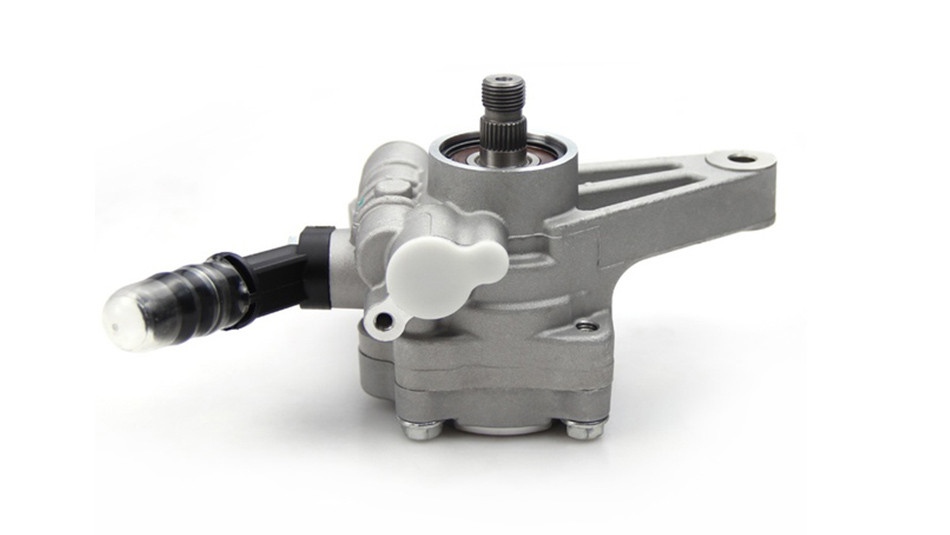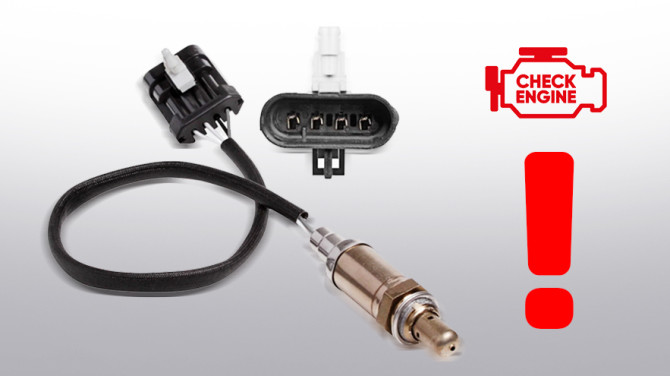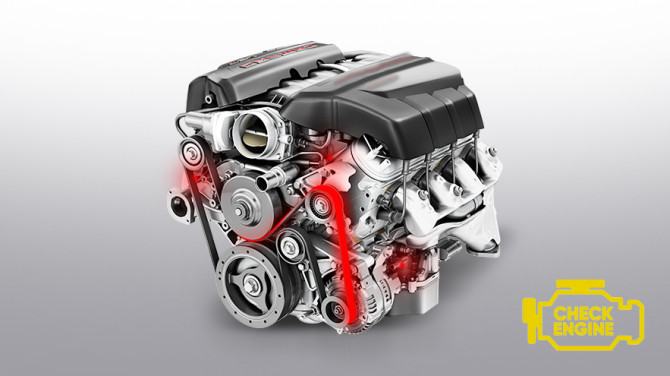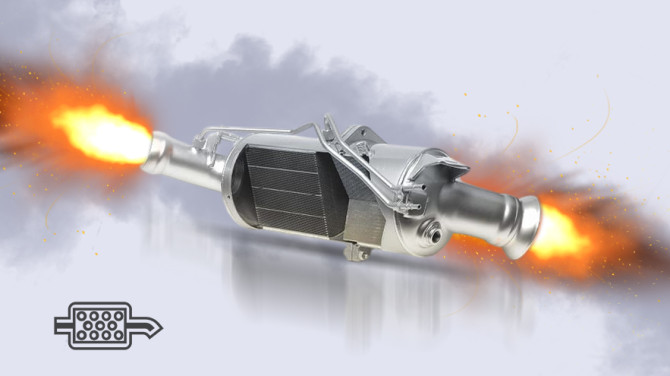How to select a hydraulic power steering pump?

Hydraulic power steering is a crucial component of the steering system, reducing the effort needed for comfortable vehicle maneuvering. Thanks to power steering, drivers don't have to exert excessive force when turning the steering wheel. The steering system utilizes hydraulic principles to generate additional force on the wheel pivots.
What is Hydraulic Power Steering?
Power steering in a car is a replacement part installed in vehicles with a gear mechanism. In the past, steering systems did not have power assistance, requiring considerable physical effort to handle older vehicles. Nowadays, the process is more straightforward, as electric, hydroelectric, and hydraulic boosters are applied to facilitate gear rotation. The hydraulic option is most commonly used due to the good performance of the parts and excellent durability.
So, what is hydraulic power steering in a car?
It consists of:
- Fluid reservoir;
- Pump;
- Distributor;
- Hydraulic actuator;
- Connecting hoses.
The power steering pump is a key element as it is responsible for circulating the working fluid. The fluid flows in the same direction as the steering wheel. Additional oil pressure facilitates vehicle maneuvering. The fluid is directed in the desired direction by a distributor mounted on the steering column. The fluid reservoir serves to release excess pressure in the circulation system.
Hydraulic or Electric Power Steering?
Hydraulic power steering has been gaining popularity in recent years. This type provides more precise control at higher speeds. This advantage is not available with electric power steering, which is less effective during rapid acceleration. Electronic systems offer various operating modes, but electric power steering alone is not efficient enough. Hence, you often find electro-hydraulic power steering in the market. It is the most durable and efficient option, featuring a pump but controlled by special digital sensors for precise control.
These systems are divided into two types: vane and gear.
When to Replace the Power Steering System?
Hydraulic power steering is known for its relatively long lifespan. The part consists of metal components that wear out very slowly. The weakest part of the power steering system is the pump, which should be regularly checked for proper operation.
Early replacement of gaskets and seals is also important to prevent leaks in the oil circulation system.
In most cases, the entire power steering assembly needs replacement due to:
- Incorrect hydraulic fluid filling, causing wear of component parts;
- Parts jamming due to poor rotor machining, leading to pump failure;
- Failure caused by prolonged use.
If you're wondering how to check the power steering pump, there are several basic signs to look out for:
- Low hydraulic fluid level, check this with a dipstick;
- Oil quickly losing its original properties, darkening, foaming, emitting a burnt smell;
- Leakage in the circulation system, allowing air to enter the hoses;
- Drive belt slipping on the pump and not transmitting torque.
Usually, the power steering pump in a car does not require too frequent replacement. The need for replacement primarily arises from the natural aging of metal. However, to ensure a longer life for the power steering system, it's essential to regularly replace oil, drive belts, fluid filters, as well as gaskets and seals.
How to Choose the Right Hydraulic Power Steering?
The best solution is to purchase an original part that perfectly fits the vehicle's design. However, such parts can be expensive, making it an impractical option for budget-conscious individuals.
In this case, pay attention to products from reputable brands such as:
- Bosch;
- Elstock;
- TRW;
- Meyle.
Among the affordable power steering assemblies, products from STS Parts stand out.
While power steering may not be the most critical part in a car's construction, it provides comfort and safety. Therefore, the need to replace this part should not be ignored.







